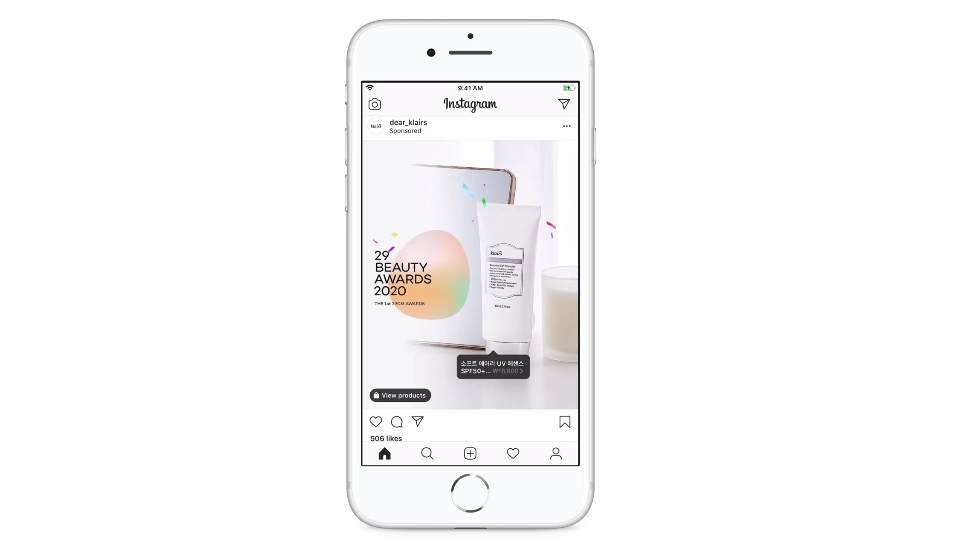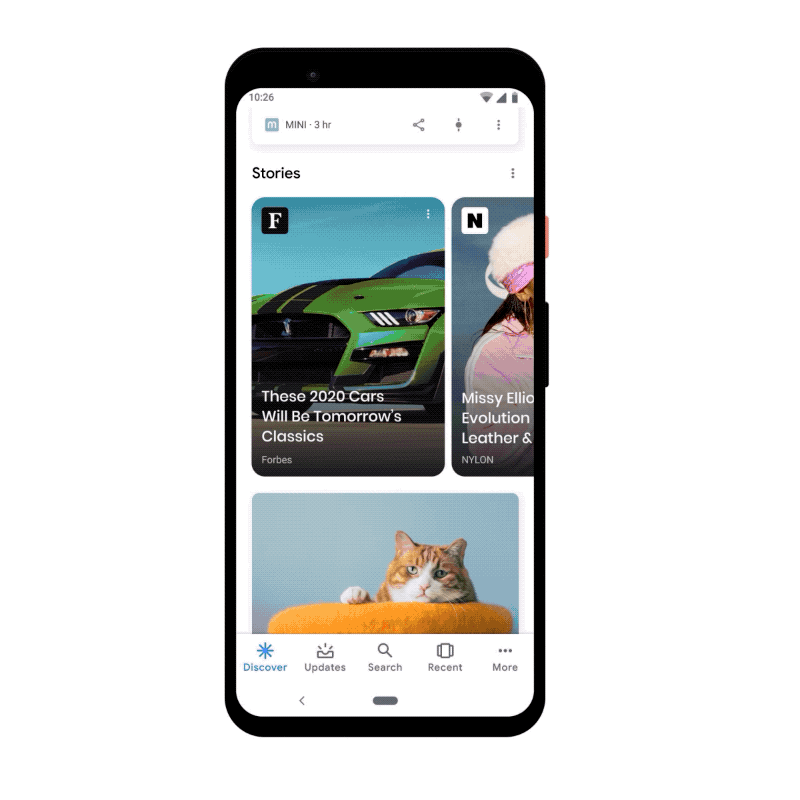This week, Microsoft announced a free new analytics service called Clarity which aims to walk the line between in-depth insights and user privacy.
The set of tools is said to be completely GDPR compliant while still digging deep on a wide range of metrics that matter to businesses.
Doesn’t Slow Your Site Down
One of the biggest aspects of Microsoft Clarity is that it tracks an astonishing amount of non-identifiable data without measurably slowing your web site. Even more surprising is the lack of traffic caps – making Clarity an option even if you’re getting millions of visitors a day.
As the company says:
“Clarity is designed to have a very low impact on page load times, so you can make sure users navigating to your site won’t have to wait for pages to load.
Additionally, we don’t place any caps on your traffic so whether you get 10 visitors per day or 1,000,000, Clarity will be able to handle your traffic with no additional cost for you.”
Privacy Focused
Despite the amount of information gathered by Clarity, the analytics service still prioritizes privacy.
According to the announcement:
“We are GDPR compliant as a data controller for visitors to our site and processor for the data gathered by the Clarity script on your site.”
Session Playback

One of the three biggest features highlighted in Clarity is the ability to replay site visitors’ time on your site including where they moved their mouse, where they clicked, and what made them pause.
This is shown in a simple video recreating the visitor’s browser window with highlighted cursor movement.
Heat Map

While session playbacks allow you to see what single visitors are doing on your site, Clarity’s heat maps will show you what everyone is doing on your site.
This feature shows what page elements are getting clicked the most and where users are spending the most time on a page.
This can provide great insights into what is catching people’s attention, and where you are starting to lose them.
Though not available at launch, the company says they will also feature an option for scrolling metrics in the future, helping understand how users are traveling through your content.
Insight Dashboard

To help break down and visualize all this information, Clarity includes a dashboard with a wide array of important metrics.
“We provide a dashboard of aggregate metrics to help you get an overall understanding of the traffic on your site. At a glance you will be able to see how many users were clicking on non-existent links or how many people scrolled up and down a page in search of something they couldn’t readily find.
You can also see things like how many concurrent JavaScript errors are occurring across your clients or how much time the average user spends navigating your site.”
To start using Clarity for yourself, sign up here.







